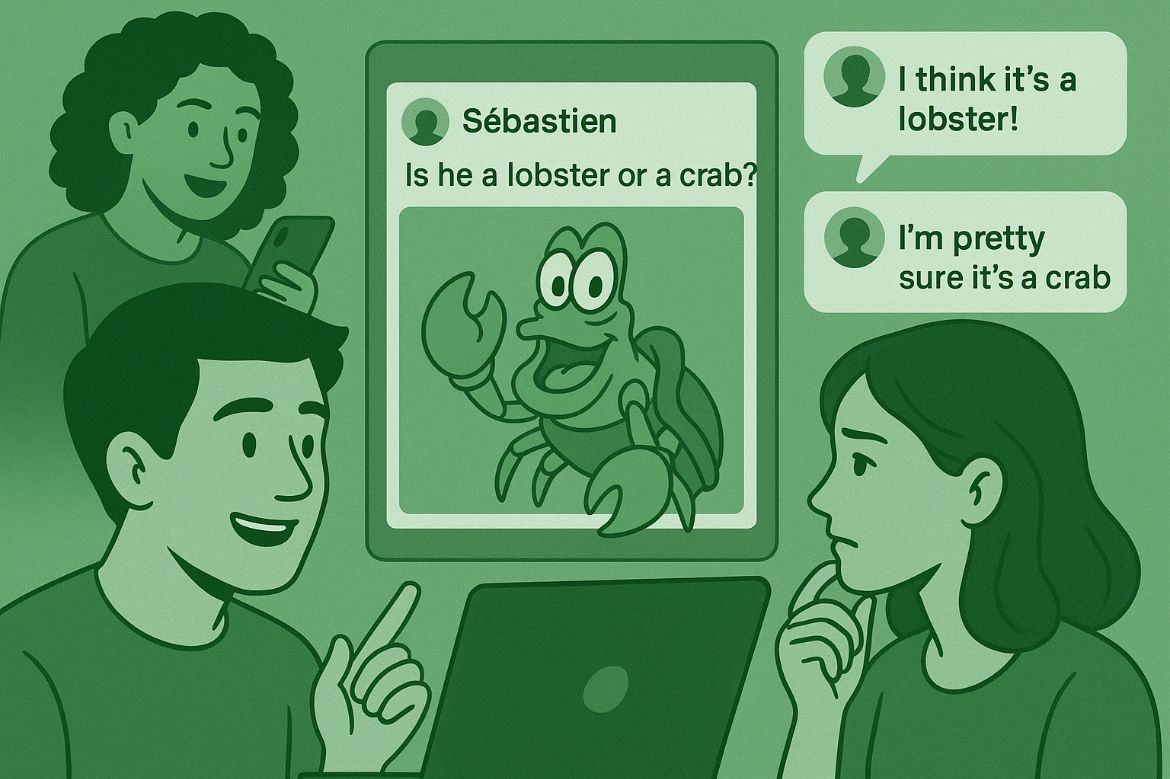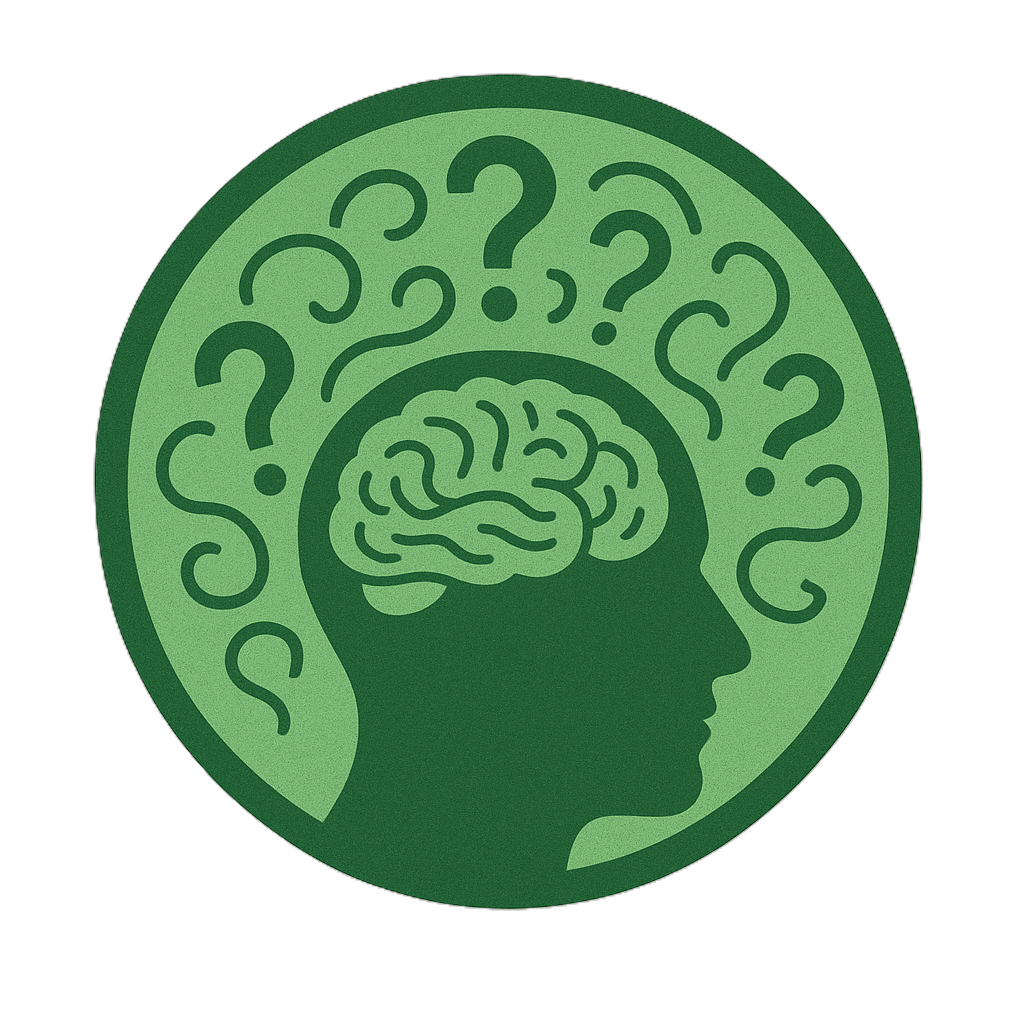
Reinforcement of false memories through social media
The internet is a host for all kinds of informations and spreads it around the world. But not all that is shared on the internet is true or entirely correct, so there is potential for misconceptions and falsehoods. People then begin to create communities based around these falsehoods and what was once in the imagination starts to seem factual.
In fact, the Mandela effect reveals the immense influence of media in shaping public perception and how it further worsened confusion and misinformation. Especially since one person can post or share a memory (or mis-memory) through social media. Wich allows many others to see it, agree, comment and reinforce it. This social reinforcement then further increases confidence in the false memory.
Media and AI manipulation
It is well known that nowadays AI can blur the line between reality and fiction, especially through deepfakes, manipulated audio, video and images. Which increases false memories, especially since we rely on those ressources to make up our minds.
In addition, AI can just subtly change a video, for example, and we wouldn’t see the difference, which creates a new false memory, associated with the « true memory ». So, when media (especially new media, often AI generated) presents altered or fabricated content (even subtly), it can feed into false memories or validate them.

Shared knowledge and reinforcement
It has been observed that people who share similar interests, such as movies, and then also interact online about them, are more likely to develop and share the same false memories. It is due to what we could call a reinforcement of those false memories through repetition and feeback loops.
For example, when a false memory is posted online, many may comment or agree with it. This social confirmation strengthens the belief that this memory is true, leading to a collective false memory. Once established as true, it becomes harder to correct, even when evidence is shown to the contrary. In addition, if this memory is shared by other people, it is harder to convince the person that it is not true or only partially true.
Summary
Misinformation (both intentional and unintentional) plays a key role.
Social sharing amplifies and reinforce false memories across many people and is supported by the number of believerss. Making it harder to demonstrate its falsehood.
AI makes it easier to create convincing false content, and social media makes it easier to spread. This magnifies what might otherwise remain isolated memory errors into shared, large-scale phenomena.
The result : Many people end up remembering the same wrong thing and believing it strongly.
